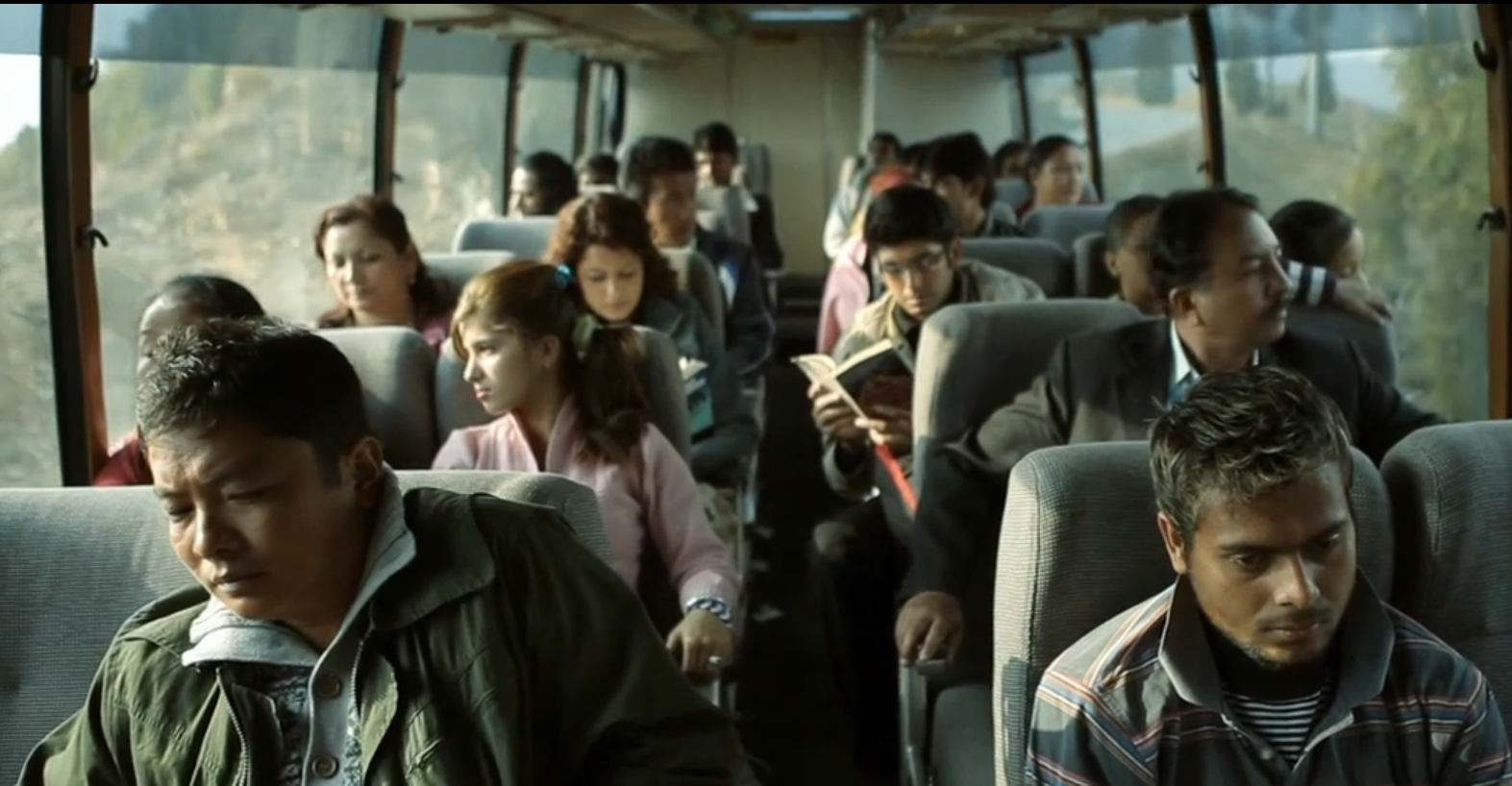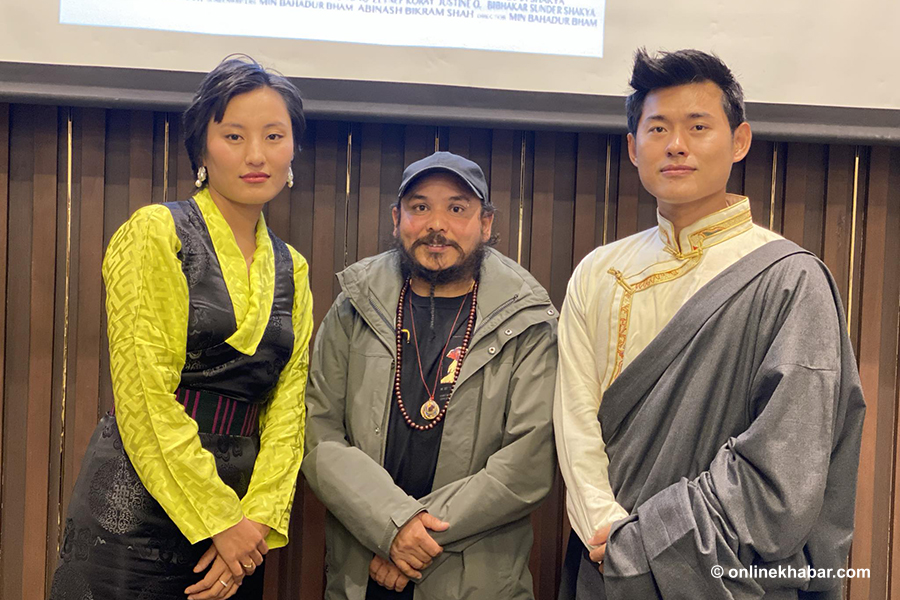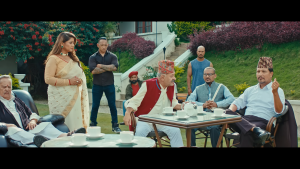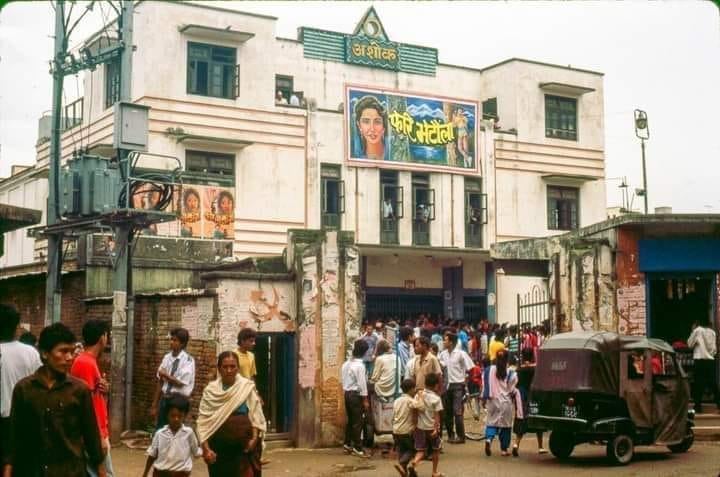
The Nepali cinema industry has a relatively short history of around five decades. Since then, the industry has undergone numerous changes, including improvements in film quality, changes in audience demographics, advancements in movie education, the growth of cinema halls, and the emergence of new actors.
You know change is the only constant. This is even truer in the cinema industry as it does not have the luxury of staying stagnant; the viewers always want something new. Yet, you can understand major changes in the Nepali cinema industry from the past to the present in these five decades in the five points below.
1. The rulers’ luxury
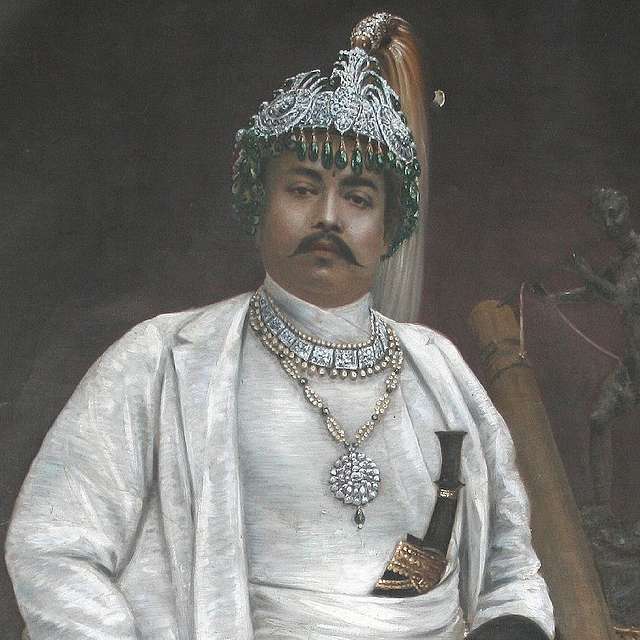
Although filmmaking began later in Nepal, the culture of watching films was already in practice since the Rana regime. In the 20th century, the Ranas already started watching films in their palaces. It used to be their personal activity. Except for the Ranas and the royal family; others were not allowed to watch them.
In 1901, when Dev Shumsher became the prime minister, he wanted to show a film at Tundikhel publicly for the first time. This is a milestone in the evolution of the Nepali cinema industry. Yet it was met with disapproval by several Rana officials, who regarded it as a dangerous liberal act. As a result, there were no further public shows until the establishment of the first public cinema hall.
2. Films for the public

After the establishment of the first public cinema hall at New Road in 1949, cinemas became accessible to the general public. According to historian Mark Liechty, the cinema hall was originally known as Janasewa. However, according to the dramatist and author Krishna Shah (Yatri), its name was initially Kathmandu Cinema Ghar. The name was later changed to Janasewa by its new owner, Daya Ram Bhakta Mathema, in 1951.
Regarding the establishment of the first centre of the Nepali cinema industry, Shah writes, “When Mohan Shushmer went to visit Hindustan [around a year before the 1951 democratic revolution in Nepal], the then prime minister of Hindustan Jawaharlal Nehru was surprised to hear that Nepal did not have any cinema halls. Afterwards, Indian journalists reported that Shree 3 [Mohan Shumsher] violated the rights of the public. This compelled Mohan Shushmer to establish a cinema hall in Nepal.”
He further writes about businessman Shyam Shankar Shrestha, who used to avidly watch cinemas in Hindustan during his commercial visit there. Mohan Shumsher knew about his interest to watch films. And then, he granted permission for Shrestha to open the cinema hall.
Back then, Juddha Shusher had built a Town Hall in New Road for entertainment purposes. Later, the Town Hall turned into the Kathmandu Cinema Ghar, the first cinema hall in Nepal. Shreshta provided 75 per cent of the investment for the hall while the government provided the remaining 25 per cent. The first film shown there was Ram Vivah, a Hindi film.
3. The emergence of video technology
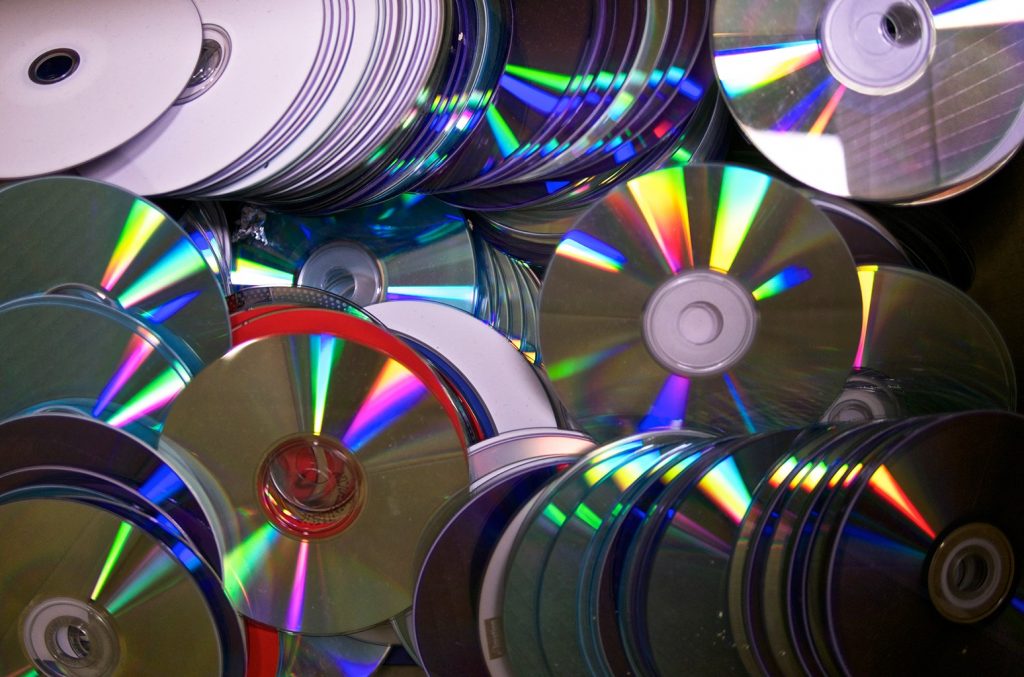
In 1978, the government, for the first time, allowed the general public to import and purchase video technology, which marks another milestone in the evolution of the Nepali cinema industry. After a few years, video technology became massively popular in Kathmandu.
According to the report of Ted Lewis, who has closely watched the emergence of video technology in Kathmandu, overnight 150 VCRs entered the local market. People spent hundreds and thousands of rupees to purchase it. At once, a lot of video parlours came into operation; people paid them to watch movies.
4. The first Nepali film

While many people consider Aama as the first project in the Nepali cinema industry, Satya Harischandra, directed by DB Pariyar and filmed in Kolkata in 1951, is considered the first Nepali film in many articles. The story, script, music and dialogue of the film were written by Pariyar himself.
But people are divided on whether to consider Satya Harischandra as the first Nepali film. Those who do not consider it the first Nepali film say that its medium was Hindi, not Nepali, and it was later dubbed into Nepali. But Mangal Dev Paiyar, the brother and personal secretary of Pariyar, says that the film was originally made in the Nepali language.
5. Nepali cinema industry by numbers

Today, the government received around 100 applications to approve their projects in the Nepali cinema industry. However, only around 75 of them translate to reality. Reportedly, around 40 films were made during the Covid period annually.
To date, there are 11,000 feature films and over 1,500 digital films. After the 1990s, the number of films increased in Nepal.
This article is mostly based on a research paper published by Martin Chautari.




